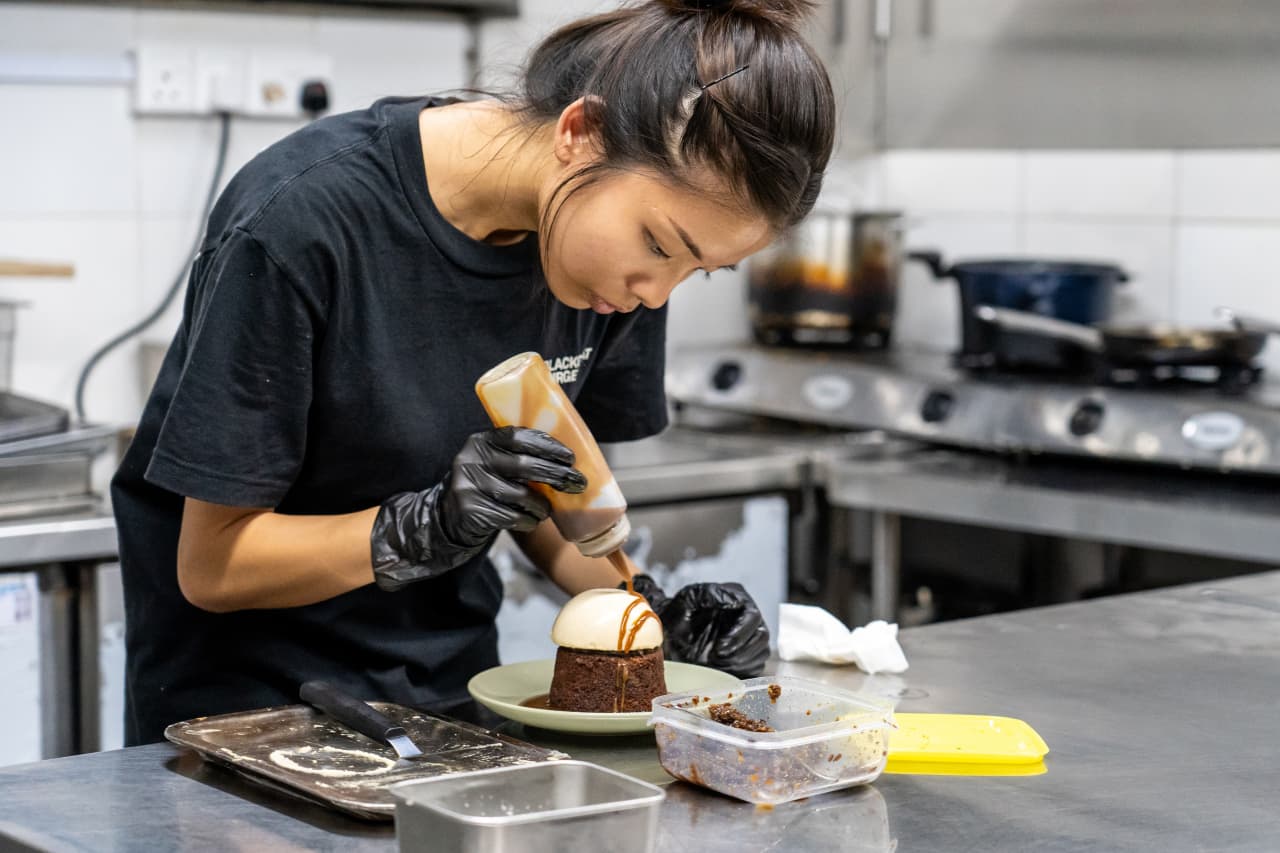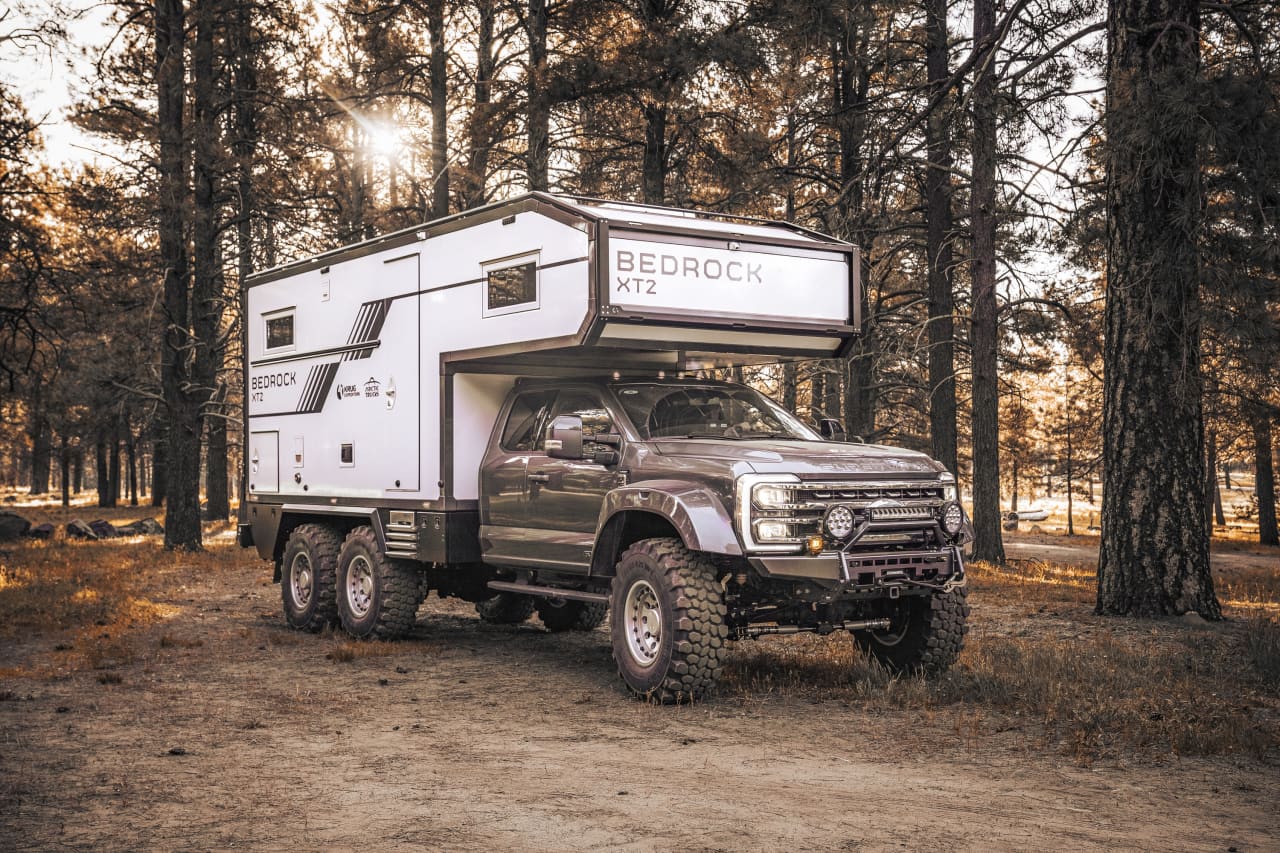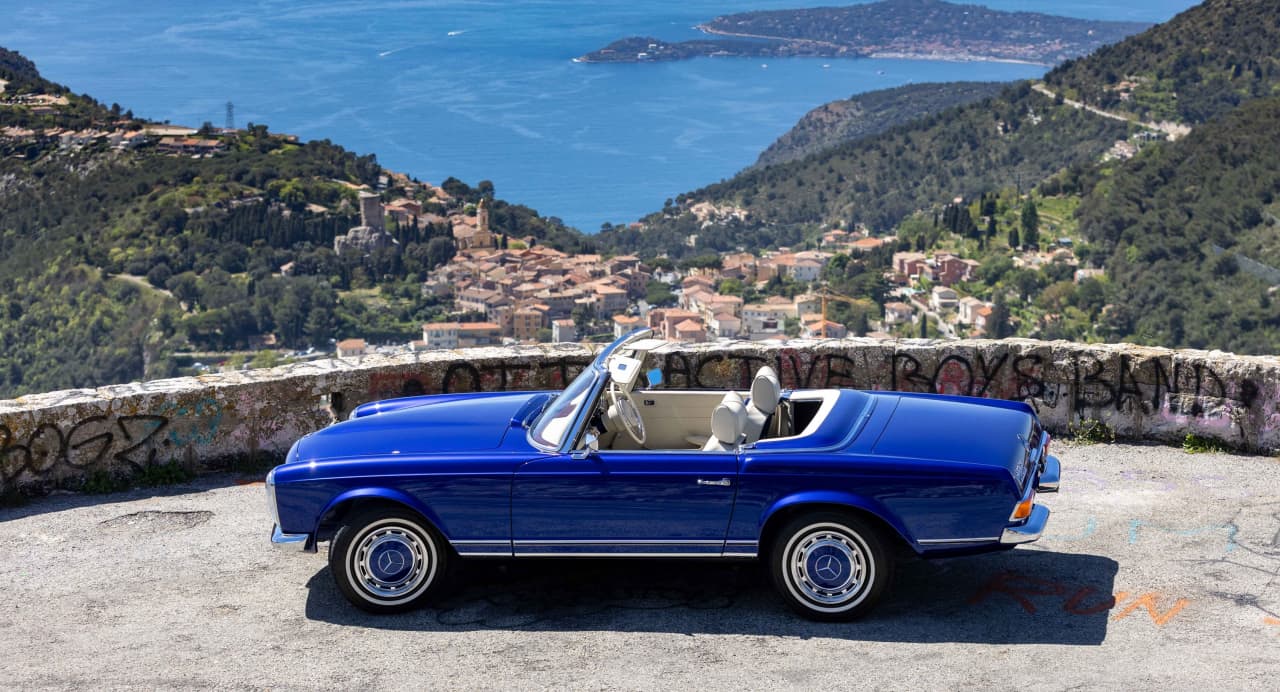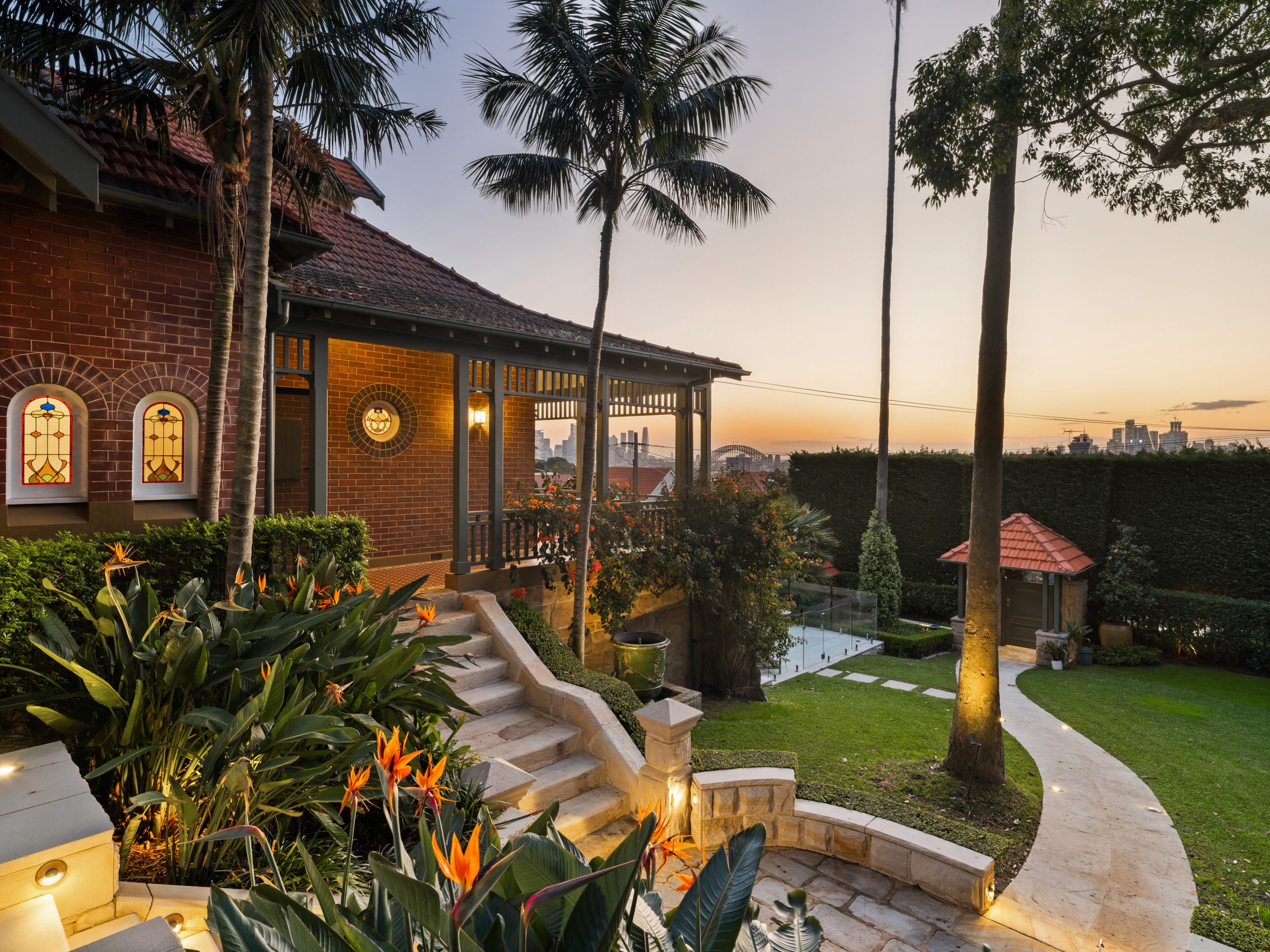The Latest EVs Are Taking to the Water
The electric boat market, until now confined to specialty builders, is going mainstream. Just as some central cities in Europe and the U.S. are being closed to internal-combustion cars, so are some lakes and rivers requiring electric power—both for the quiet and the absence of pollution.
At the Consumer Electronics Show in January, Brunswick Corp.’s Mercury Marine division introduced the Avator 7.5e electric outboard motor (US$3,250) for small boats, with 750 watts of power—the equivalent of a conventional 3.5-horsepower unit. Brunswick’s 13-foot Veer X13 boat (US$11,995) will pair with the 7.5e.

Mercury Marine photo
And at a New York boat show event Sept. 19 at Chelsea Piers, on Manhattan’s far West Side, the company showed off two larger variations, the 20e (US$8,792) and 35e (US$9,192), with 2,200 and 3,700 watts of power, respectively. The larger of the two offers the power equivalent of a 10-horsepower Mercury outboard.
“Electrification is going to be an important part of the future for marine,” says Dave Foulkes, CEO of Brunswick. “But I think we’ll need a portfolio of solutions, including alternative fuels. E-fuel (gasoline made from sustainably produced hydrogen and captured carbon dioxide) is certainly fascinating.”
Mercury Marine has so far sold 2,000 of its 7.5e electric outboards internationally, Foulkes says. “The 7.5e has only been on the market since April, so we think that volume is high in the marine space. We’re seeing lots of interest at regulated lakes in Europe and other locations.”
The motors are connected to the company’s lithium-ion batteries, made by the Mastervolt division. The 7.5e comes with a basic one-kilowatt-hour battery pack. On the 20e, which has a larger 2.3-kilowatt-hour pack, up to four units can be put together for a half-day of cruising. The 35e comes with a 5.4-kilowatt-hour battery.
Perissa Bailey, vice president and general manager at Mercury Marine, says that Austria, Sweden, and the Netherlands are three countries with major buy-in for the electric outboards. The interest in the U.S. is growing a bit more slowly. “But a segment of the population is looking for more sustainable solutions, and they’re going electric in other parts of their lives,” Bailey says. “Rather than have those early adopters leave our brand we’re coming up with alternatives for them.” Bailey says that two new Avator products will be announced shortly, and that there’s interest in higher-horsepower electric marine motors.
Brunswick is also offering a Navico Fathom e-power battery pack that can replace the polluting generators on larger boats and, through a recent acquisition, the Fliteboard electrically powered eFoil surfboard. The US$13,195 Ultra L model, with a 14-pound lithium battery, can fly above the water at speeds of up to 28 miles per hour. There is 45 minutes of cruising and a one-hour recharge time.
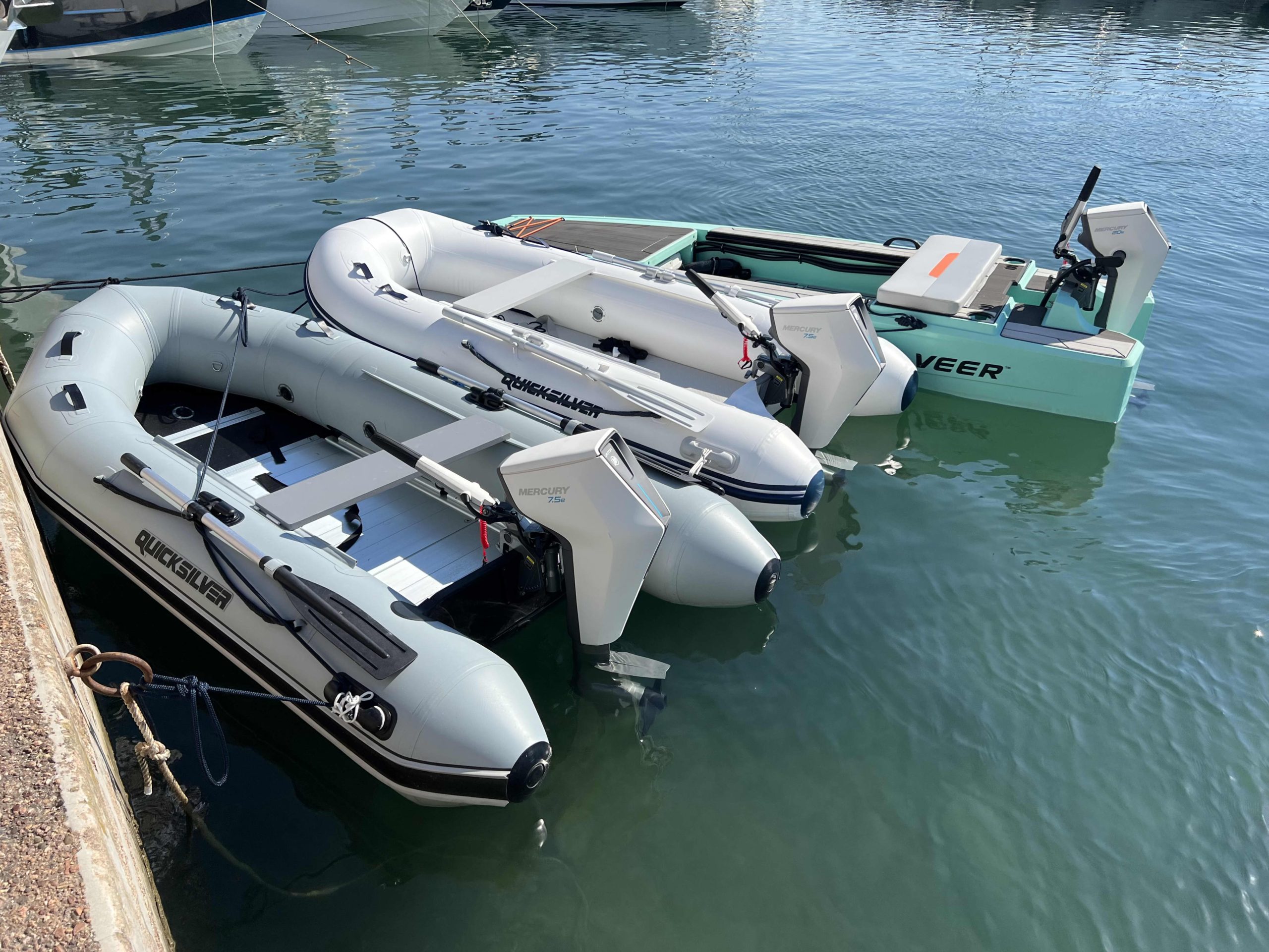
Brunswick Corporation photo
The development of electric boats paralleled that of cars, and both had initial heydays around the turn of the 20th century. Wealthy people bought electric launches that were elaborately furnished with velvet cushions and stained-glass windows. The boats were for slow cruising on relatively still bodies of water, such as lakes.
At the Chicago World’s Fair in 1893, 55 electric launches built by a company called Elco gave a million rides. Elco launched the Wenona in 1899; it was a 32-foot launch with five-horsepower power that quietly glided at seven miles per hour and could last eight hours on a charge. Wenona is still running on Lake George, and Elco is still in business making electric boat motors. The largest of its units produces the equivalent of 14 horsepower.
Battery advances have made larger electric boats practical. Norway’s MV Ampere ferry, with a one-megawatt battery, can carry 120 cars. Launched in 2022, the MS Medstraum is a zero-emission fast ferry that plies Norwegian waters. It reduces emissions by the equivalent of 30 operating diesel buses in a year.
With their large surface area, passenger boats can also host solar panels that increase electric cruising range. PlanetSolar, a catamaran yacht, circumnavigated the planet in 2012.
All this makes it seem that electric power for boats is imminent, but Tom Hesselink, executive director of the Electric Boat Association of America and a 30-year builder of EV craft in North Carolina, says that the industry is “very transitional right now. How fast it will transition is questionable. I don’t expect to see big changes in the U.S. industry anytime soon, though it’s moving much more rapidly in Europe—where there’s more environmental awareness.”
Hesselink adds that “there’s still a big power-to-weight advantage for gasoline. The motors are fine, but it’s the batteries that are the issue.” Foulkes echoes that sentiment. “Electric power is still not a solution for larger mainstream recreational boats,” he says.
 Copyright 2020, Dow Jones & Company, Inc. All Rights Reserved Worldwide. LEARN MORE
Copyright 2020, Dow Jones & Company, Inc. All Rights Reserved Worldwide. LEARN MORE
This stylish family home combines a classic palette and finishes with a flexible floorplan
Just 55 minutes from Sydney, make this your creative getaway located in the majestic Hawkesbury region.
No trip to Singapore is complete without a meal (or 12) at its hawker centres, where stalls sell multicultural dishes from generations-old recipes. But rising costs and demographic change are threatening the beloved tradition.
In Singapore, it’s not unusual for total strangers to ask, “Have you eaten yet?” A greeting akin to “Good morning,” it invariably leads to follow-up questions. What did you eat? Where did you eat it? Was it good? Greeters reserve the right to judge your responses and offer advice, solicited or otherwise, on where you should eat next.
Locals will often joke that gastronomic opinions can make (and break) relationships and that eating is a national pastime. And why wouldn’t it be? In a nexus of colliding cultures—a place where Malays, Indians, Chinese and Europeans have brushed shoulders and shared meals for centuries—the mix of flavours coming out of kitchens in this country is enough to make you believe in world peace.
While Michelin stars spangle Singapore’s restaurant scene , to truly understand the city’s relationship with food, you have to venture to the hawker centres. A core aspect of daily life, hawker centres sprang up in numbers during the 1970s, built by authorities looking to sanitise and formalise the city’s street-food scene. Today, 121 government-run hawker centres feature food stalls that specialise in dishes from the country’s various ethnic groups. In one of the world’s most expensive cities, hawker dishes are shockingly cheap: A full meal can cost as little as $3.
Over the course of many visits to Singapore, I’ve fallen in love with these places—and with the scavenger hunts to find meals I’ll never forget: delicate bowls of laksa noodle soup, where brisk lashes of heat interrupt addictive swirls of umami; impossibly flaky roti prata dipped in curry; the beautiful simplicity of an immaculately roasted duck leg. In a futuristic and at times sterile city, hawker centres throw back to the past and offer a rare glimpse of something human in scale. To an outsider like me, sitting at a table amid the din of the lunch-hour rush can feel like glimpsing the city’s soul through all the concrete and glitz.
So I’ve been alarmed in recent years to hear about the supposed demise of hawker centres. Would-be hawkers have to bid for stalls from the government, and rents are climbing . An upwardly mobile generation doesn’t want to take over from their parents. On a recent trip to Singapore, I enlisted my brother, who lives there, and as we ate our way across the city, we searched for signs of life—and hopefully a peek into what the future holds.
At Amoy Street Food Centre, near the central business district, 32-year-old Kai Jin Thng has done the math. To turn a profit at his stall, Jin’s Noodle , he says, he has to churn out at least 150 $4 bowls of kolo mee , a Malaysian dish featuring savoury pork over a bed of springy noodles, in 120 minutes of lunch service. With his sister as sous-chef, he slings the bowls with frenetic focus.
Thng dropped out of school as a teenager to work in his father’s stall selling wonton mee , a staple noodle dish, and is quick to say no when I ask if he wants his daughter to take over the stall one day.
“The tradition is fading and I believe that in the next 10 or 15 years, it’s only going to get worse,” Thng said. “The new generation prefers to put on their tie and their white collar—nobody really wants to get their hands dirty.”
In 2020, the National Environment Agency , which oversees hawker centres, put the median age of hawkers at 60. When I did encounter younger people like Thng in the trade, I found they persevered out of stubbornness, a desire to innovate on a deep-seated tradition—or some combination of both.
Later that afternoon, looking for a momentary reprieve from Singapore’s crushing humidity, we ducked into Market Street Hawker Centre and bought juice made from fresh calamansi, a small citrus fruit.
Jamilah Beevi, 29, was working the shop with her father, who, at 64, has been a hawker since he was 12. “I originally stepped in out of filial duty,” she said. “But I find it to be really fulfilling work…I see it as a generational shop, so I don’t want to let that die.” When I asked her father when he’d retire, he confidently said he’d hang up his apron next year. “He’s been saying that for many years,” Beevi said, laughing.
More than one Singaporean told me that to truly appreciate what’s at stake in the hawker tradition’s threatened collapse, I’d need to leave the neighbourhoods where most tourists spend their time, and venture to the Heartland, the residential communities outside the central business district. There, hawker centres, often combined with markets, are strategically located near dense housing developments, where they cater to the 77% of Singaporeans who live in government-subsidised apartments.
We ate laksa from a stall at Ghim Moh Market and Food Centre, where families enjoyed their Sunday. At Redhill Food Centre, a similar chorus of chattering voices and clattering cutlery filled the space, as diners lined up for prawn noodles and chicken rice. Near our table, a couple hungrily unwrapped a package of durian, a coveted fruit banned from public transportation and some hotels for its strong aroma. It all seemed like business as usual.
Then we went to Blackgoat . Tucked in a corner of the Jalan Batu housing development, Blackgoat doesn’t look like an average hawker operation. An unusually large staff of six swirled around a stall where Fikri Amin Bin Rohaimi, 24, presided over a fiery grill and a seriously ambitious menu. A veteran of the three-Michelin-star Zén , Rohaimi started selling burgers from his apartment kitchen in 2019, before opening a hawker stall last year. We ordered everything on the menu and enjoyed a feast that would astound had it come out of a fully equipped restaurant kitchen; that it was all made in a 130-square-foot space seemed miraculous.
Mussels swam in a mushroom broth, spiked with Thai basil and chives. Huge, tender tiger prawns were grilled to perfection and smothered in toasted garlic and olive oil. Lamb was coated in a whisper of Sichuan peppercorns; Wagyu beef, in a homemade makrut-lime sauce. Then Ethel Yam, Blackgoat’s pastry chef prepared a date pudding with a mushroom semifreddo and a panna cotta drizzled in chamomile syrup. A group of elderly residents from the nearby towers watched, while sipping tiny glasses of Tiger beer.
Since opening his stall, Rohaimi told me, he’s seen his food referred to as “restaurant-level hawker food,” a categorisation he rejects, feeling it discounts what’s possible at a hawker centre. “If you eat hawker food, you know that it can often be much better than anything at a restaurant.”
He wants to open a restaurant eventually—or, leveraging his in-progress biomedical engineering degree, a food lab. But he sees the modern hawker centre not just as a steppingstone, but a place to experiment. “Because you only have to manage so many things, unlike at a restaurant, a hawker stall right now gives us a kind of limitlessness to try new things,” he said.
Using high-grade Australian beef and employing a whole staff, Rohaimi must charge more than typical hawker stalls, though his food, around $12 per 100 grams of steak, still costs far less than high-end restaurant fare. He’s found that people will pay for quality, he says, even if he first has to convince them to try the food.
At Yishun Park Hawker Centre (now temporarily closed for renovations), Nurl Asyraffie, 33, has encountered a similar dynamic since he started Kerabu by Arang , a stall specialising in “modern Malay food.” The day we came, he was selling ayam percik , a grilled chicken leg smothered in a bewitching turmeric-based marinade. As we ate, a hawker from another stall came over to inquire how much we’d paid. When we said around $10 a plate, she looked skeptical: “At least it’s a lot of food.”
Asyraffie, who opened the stall after a spell in private dining and at big-name restaurants in the region, says he’s used to dubious reactions. “I think the way you get people’s trust is you need to deliver,” he said. “Singapore is a melting pot; we’re used to trying new things, and we will pay for food we think is worth it.” He says a lot of the same older “uncles” who gawked at his prices, are now regulars. “New hawkers like me can fill a gap in the market, slightly higher than your chicken rice, but lower than a restaurant.”
But economics is only half the battle for a new generation of hawkers, says Seng Wun Song, a 64-year-old, semiretired economist who delves into the inner workings of Singapore’s food-and-beverage industry as a hobby. He thinks locals and tourists who come to hawker centers to look for “authentic” Singaporean food need to rethink what that amorphous catchall word really means. What people consider “heritage food,” he explains, is a mix of Malay, Chinese, Indian and European dishes that emerged from the country’s founding. “But Singapore is a trading hub where people come and go, and heritage moves and changes. Hawker food isn’t dying; it’s evolving so that it doesn’t die.”
This stylish family home combines a classic palette and finishes with a flexible floorplan
Just 55 minutes from Sydney, make this your creative getaway located in the majestic Hawkesbury region.
















